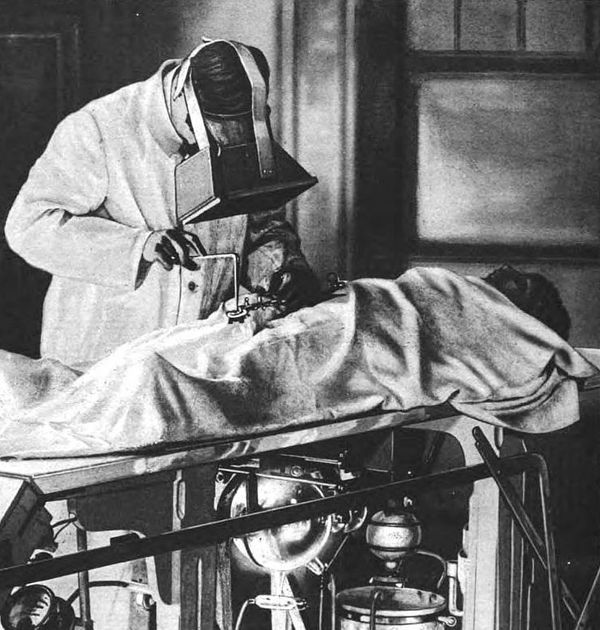Thomas Edison (1847-1931) was a prolific inventor, considered by many to be the greatest inventor in American history. Edison holds over one thousand US patents; however, this article will focus on his work on fluoroscopy.
On this page:
Early life and career
Thomas Alva Edison was born on 11 February 1847 in Milan, Ohio, United States. He was the youngest of seven children. He was predominantly home-schooled by his mother while he worked selling newspapers on trains from before the age of 16. From an early age, he suffered from hearing difficulties, which were thought to be due to a bout of scarlet fever. Edison's breakthrough invention was the phonograph (a device for recording sound and playing it back) in 1877, conferring widespread acclaim, with some describing his work as genius.
Experimentation into x-rays
Upon the discovery by Roentgen in 1895, Edison began experimenting with various substances, exploring rates of fluorescing when exposed to x-radiation. He found calcium tungstate screens to be most effective at re-emitting the x-rays as visible light. Adopting this discovery, he was able to develop the fluoroscopic device, published in Scientific American in 1896. Various media sources noted at the time that Edison and his team began working obsessively throughout the days performing various x-ray centric experimentation. Work hours were so long in his lab; a hand organ player was employed to keep the team awake.
Death of Clarence Dalley
Edison's ‘mucker' (laboratory assistant), Clarence M Dalley (1865-1904) 3, was an integral part of the development of the fluoroscope. He spent hours blowing glass tubes, which were laced with calcium tungstate, for an early model fluoroscope. As part of this experimentation Dalley would spend hours exposing himself to dangerous radiation, eventually having to sleep with his hands in water to soothe the burning. In October 1904, at only 39 years of age, Clarence Dalley lost his life to recurrent mediastinal cancer 3.
Termination of x-ray experimentation
Edison immediately ceased his experimentation into x-rays following the death of Clarence Dalley, famously stating, "don't talk to me about x-rays, I am afraid of them.". Yet his brief tenure in the field lead to the discovery and development of an application still used in radiology today, fluoroscopy.
Later life
Thomas Edison died on 18 November 1931 from complications of diabetes mellitus.
Legacy
- invention of fluoroscopy






 Unable to process the form. Check for errors and try again.
Unable to process the form. Check for errors and try again.